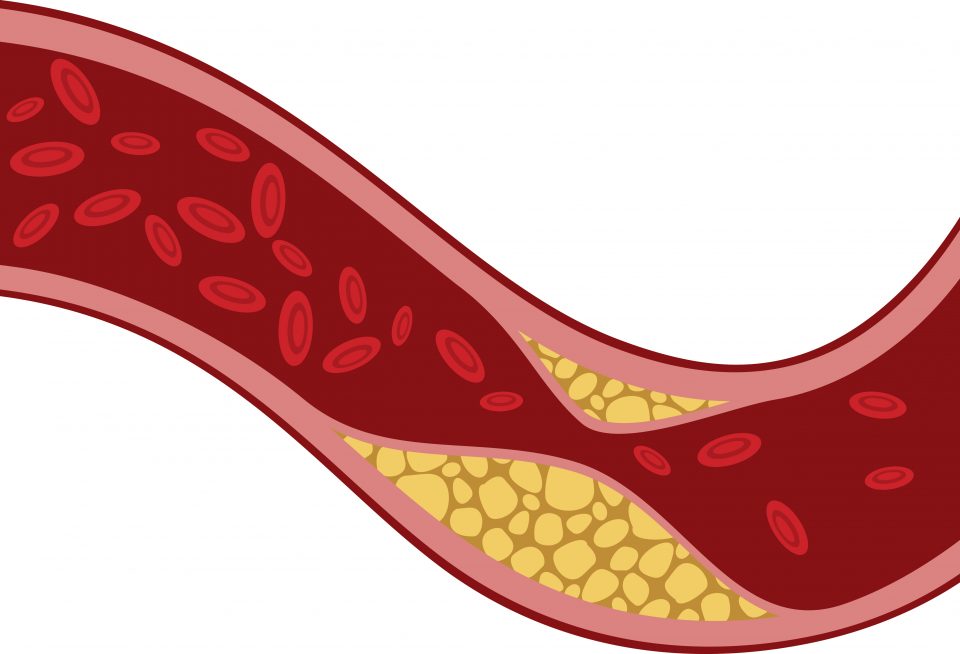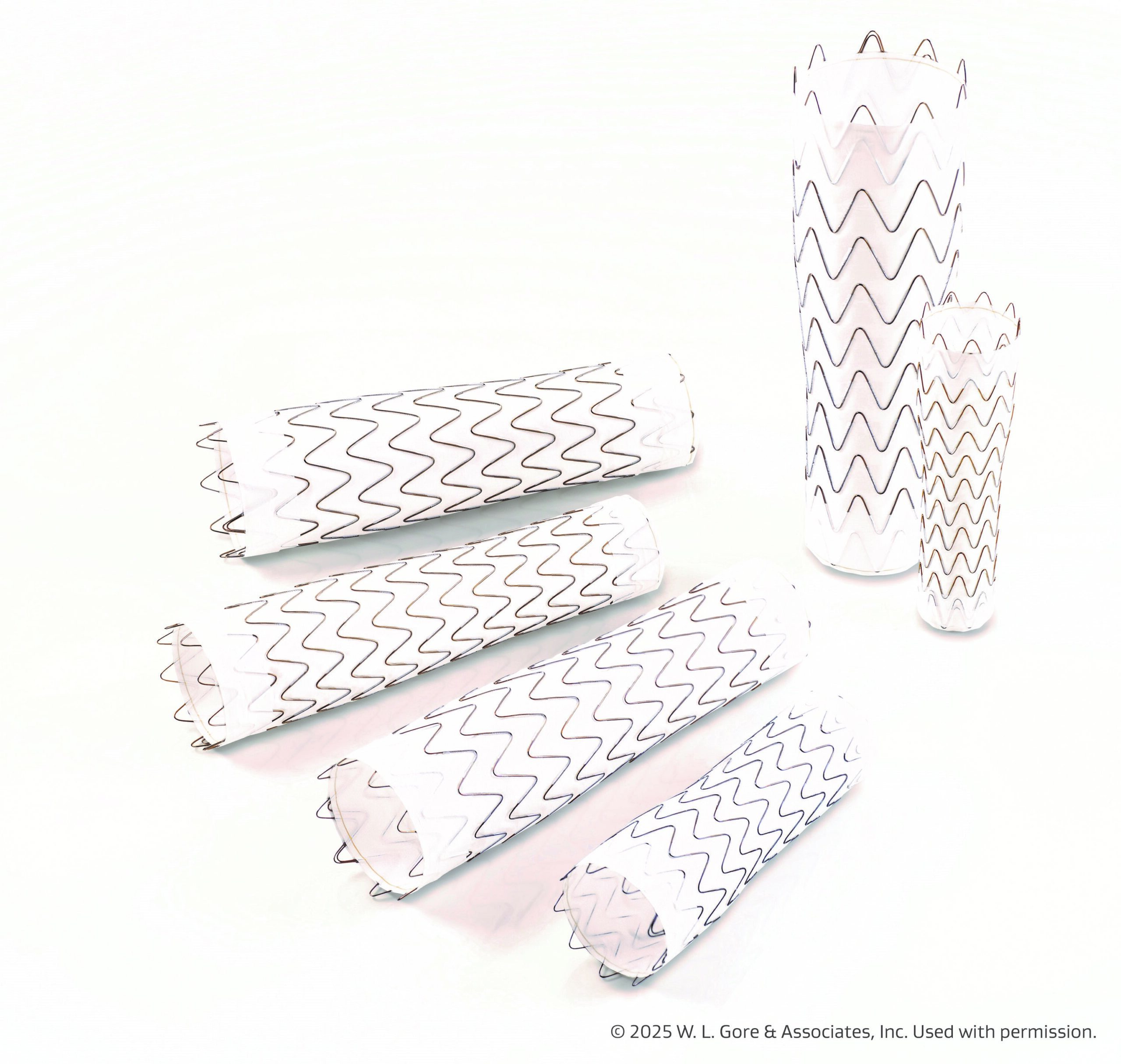
Patients on the extreme end of the coronary artery disease spectrum, like those with recurring acute coronary syndrome (ACS), have unique phenotypes and plaque healing compared to patients with longer-term clinical stability, a new study suggests.
The observations, single-center study included 105 patients with recurrent ACS (at least 3 myocardial infarctions [MI] or at least 4 ACS with at least 1 MI); patients with a single unheralded acute MI followed by 3 years of clinical stability (sAMI); and longstanding stable angina. Patients all underwent optical coherence tomography, with data analyzed between January and August 2018. Coronary plaque features and healed coronary plaque prevalence in nonculprit segments comprised the primary study outcome measures. Median time of clinical stability was 9 years in the long-standing stable angina group and 8 years in the sAMI group.
In vivo coronary atherosclerotic phenotype and plaque healing in patients at the extremes of the #coronaryarterydisease spectrum https://t.co/iBi8pjdFQC
— JAMA Cardiology (@JAMACardio) March 13, 2019
Different Phenotypes
The study results suggested that patients with recurrent ACS possess a “distinct atherosclerotic phenotype” from those with long-standing stable angina. Patients in the sAMI and recurrent ACS groups had similar lipid-rich plaque prevalence (which was higher than those with angina) and thin-cap fibroatheroma compared to those with angina. Spotty calcifications, according to the authors, were observed more frequently in patients with recurrent ACS than in those with angina and those in the sAMI group (P=0.04). In addition, those with recurring ACS had a lower prevalence of healed coronary plaques than patients with longstanding angina and those in the sAMI group (P=0.01).
Nicely done. Would love to see correlations of inflammatory markers,lipids,IR etc https://t.co/hEy2PX40Zx
— Pierre Leimgruber MD,FACC (@BaleDoneenPPL) March 13, 2019
“Patients with ACS and those with sAMI showed a similar prevalence of lipid-rich plaque and thin-cap fibroatheroma, as well as similar angiographic disease burden and progression, which were significantly lower in patients with longstanding stable angina pectoris,” the researchers wrote in their conclusion. “Healed coronary plaques, a signature of prior plaque destabilization contained by reparative mechanisms, which are characterized by a multilayered, onion-like appearance at optical coherence tomography imaging, were rarely observed in patients with recurrent acute coronary syndromes, whereas their prevalence was significantly higher in patients with longstanding stable angina pectories and sAMI.”
Insightful paper, 👏great group of investigators https://t.co/CwFeU12JXE
— Francesco Saia (@saia_francesco) March 13, 2019
The researchers continued in their conclusion that “taken together, these findings suggest that although atherosclerotic disease phenotype and burden are important predisposing factors for acute coronary disease, other factors, including plaque healing, may lead the natural history of a patient toward either recurrence of acute events or long-term clinical stability.”
Patients with recurrent #ACS vs stable angina or single AMI assessed by OCT. Recurrent pts had higher prevalence of thin-cap fibroatheroma & lower prevalence of healed coronary plaques – Α new mechanism for recurrent MI @JAMACardio! https://t.co/KSDjRWHwGK #EPeeps #RadialFirst pic.twitter.com/LesEJKbAFK
— Vass Vassiliou (@vass_vassiliou) March 13, 2019







 © 2025 Mashup Media, LLC, a Formedics Property. All Rights Reserved.
© 2025 Mashup Media, LLC, a Formedics Property. All Rights Reserved.